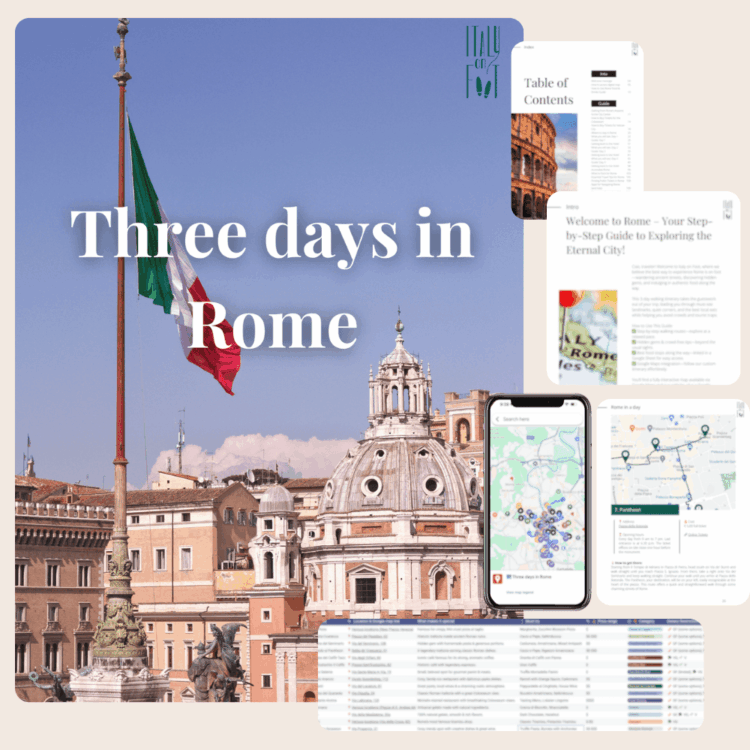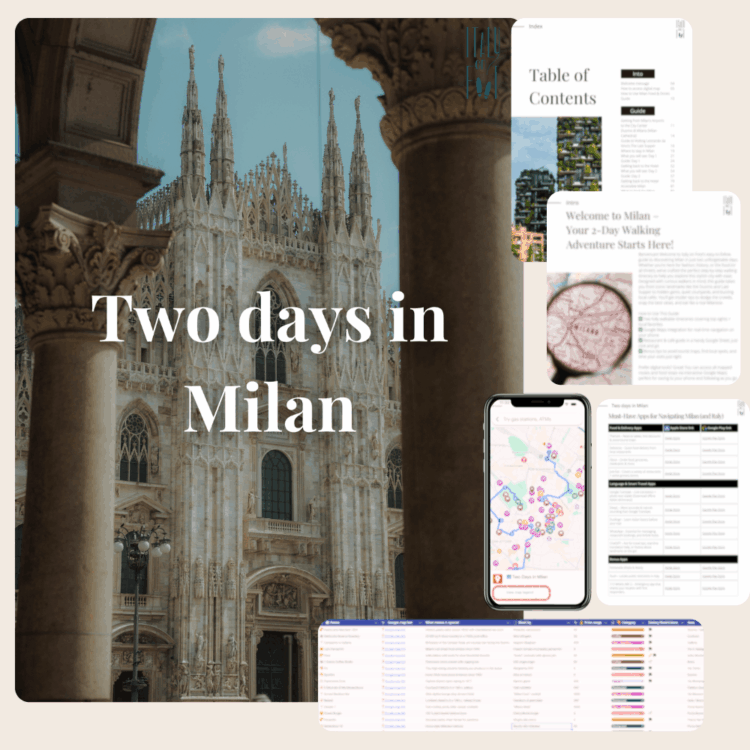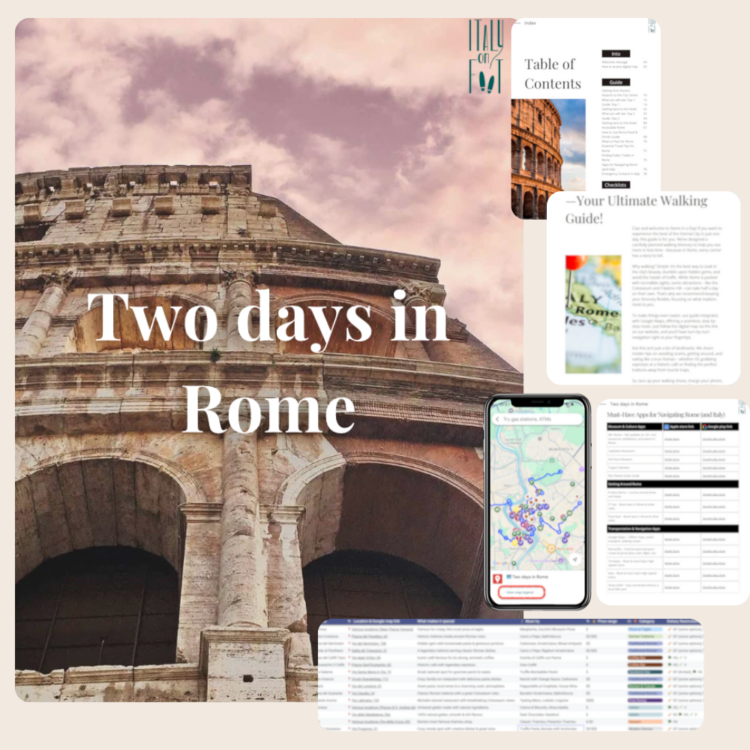Italy is a treasure trove of historic landmarks that tell the tales of ancient civilizations, powerful empires, and artistic wonders. As someone who calls this beautiful country home, I can assure you there’s no shortage of iconic sites to explore. So, lace up your walking shoes, grab a gelato, and let me take you on a tour of some of Italy’s most memorable landmarks.

The Colosseum: Rome’s Ancient Arena
Start your journey with the Colosseum in Rome, a marvel of ancient engineering and one of the world’s most famous structures. This colossal amphitheater once held gladiatorial contests, mock sea battles, and drama performances. Walking through its ancient corridors, you can almost hear the roar of the crowd and the clash of swords. The Colosseum is not just a relic of the past; it’s a symbol of the power and grandeur of the Roman Empire. To get a deeper understanding of its significance, consider joining a guided tour that offers insights into its construction, history, and the lives of those who fought and died there.
One fascinating detail is the hypogeum, the underground network of tunnels where gladiators and animals were kept before their dramatic entrances. This area was a marvel of ingenuity, featuring complex mechanisms to hoist animals and scenery into the arena. If you’re interested in exploring more of Rome’s historic heart, I recommend checking out Italy on foot travel tips for some fantastic walking routes and hidden gems.
The Leaning Tower of Pisa: A Quirky Icon
Next, let’s head to Pisa to see the Leaning Tower. This freestanding bell tower is famous for its unintended tilt, resulting from unstable foundation soil. Construction began in 1173, and despite its flaws, the tower was completed in 1372. Over the centuries, various efforts have been made to stabilize it, allowing visitors to safely climb its 294 steps to the top. The panoramic view from the top is worth every step, offering a stunning vista of Pisa and its surroundings.
Adjacent to the tower is the Piazza dei Miracoli, or the Square of Miracles, which houses other remarkable structures like the Pisa Cathedral and the Baptistery. Each of these buildings showcases the exquisite Pisan-Romanesque architectural style, with intricate carvings and beautiful marble façades. The entire square is a UNESCO World Heritage site, a testament to its cultural and historical significance. Don’t forget to take those playful photos where it looks like you’re holding up the tower – it’s a tourist tradition!
Florence’s Duomo: A Renaissance Masterpiece
In the heart of Tuscany, Florence’s Duomo stands as a testament to the ingenuity of Renaissance architects. Officially known as the Cathedral of Santa Maria del Fiore, it is renowned for its massive dome engineered by Filippo Brunelleschi. This architectural marvel was an ambitious project that challenged the engineering limits of its time. The dome remains the largest brick dome ever constructed, captivating those who gaze upon it.
Inside, the cathedral is equally impressive, with stunning frescoes by Giorgio Vasari and intricate marble floors. Climbing to the top of the dome offers a unique perspective of Florence, a city celebrated for its art and history. The nearby Baptistery of St. John, with its famous bronze doors known as the “Gates of Paradise,” adds to the city’s rich cultural heritage. For an immersive experience, spend some time wandering through the nearby streets and museums, where you can discover works by Michelangelo, Leonardo da Vinci, and other Renaissance masters.
Venice’s St. Mark’s Basilica: A Mosaic Marvel
No visit to Italy would be complete without experiencing the magic of Venice. One of its crown jewels is St. Mark’s Basilica, a stunning example of Italo-Byzantine architecture. Originally built in the 9th century, the basilica has been a symbol of Venetian wealth and power for centuries. The exterior is adorned with intricate mosaics, marble columns, and sculptures that tell stories of Venice’s maritime glory.
Inside, the basilica is a feast for the eyes with its golden mosaics that cover the walls and ceilings, depicting biblical scenes and saints. The Pala d’Oro, a magnificent golden altarpiece encrusted with precious gems, is another highlight. Don’t miss the opportunity to climb up to the balcony for a panoramic view of St. Mark’s Square and the Grand Canal. While in Venice, take the time to explore its winding canals, charming bridges, and historic palaces. Each corner of this city holds a story, waiting to be discovered.
Pompeii: A Window into Ancient Life
For a fascinating glimpse into ancient Roman life, a visit to Pompeii is a must. This archaeological site, buried under volcanic ash from Mount Vesuvius in 79 AD, offers an unprecedented look at a Roman city frozen in time. Walking through the well-preserved ruins, you can explore homes, temples, baths, and even a bakery, all remarkably intact. The plaster casts of people and animals, caught in their final moments, are both haunting and poignant reminders of the eruption’s devastation.
One of the most striking features of Pompeii is the vibrant frescoes that decorate the walls of many buildings, offering insights into the art and daily life of its inhabitants. The amphitheater, one of the oldest surviving Roman theaters, and the Forum, the city’s central public space, are also noteworthy. To fully appreciate the site’s history and significance, consider joining a guided tour or renting an audio guide. The stories of Pompeii’s residents, their lives, and their tragic end will stay with you long after you leave.
Cinque Terre: Coastal Charm and Cliffside Villages
For those who appreciate natural beauty alongside historic charm, the Cinque Terre offers a perfect blend. This string of five picturesque villages along the Ligurian coast is famous for its colorful houses, dramatic cliffs, and stunning sea views. Monterosso, Vernazza, Corniglia, Manarola, and Riomaggiore each have their unique character and charm, making it worth visiting all five.
One of the best ways to experience the Cinque Terre is by hiking the scenic trails that connect the villages. The Sentiero Azzurro, or Blue Trail, offers breathtaking views of the coastline and the Mediterranean Sea. Along the way, you’ll encounter terraced vineyards, olive groves, and quaint churches. Don’t forget to sample the local cuisine, including fresh seafood, pesto, and the region’s famous white wine. The Cinque Terre is a place where time seems to slow down, allowing you to savor every moment and every view.
Siena’s Piazza del Campo: Medieval Splendor
Last but not least, let’s visit Siena, a city that retains much of its medieval charm. The heart of Siena is the Piazza del Campo, one of Europe’s greatest medieval squares. This shell-shaped piazza is the site of the famous Palio, a historic horse race that takes place twice a year. The piazza is surrounded by beautiful buildings, including the Palazzo Pubblico and its iconic Torre del Mangia, which offers panoramic views of the city.
Nearby, the Siena Cathedral, or Duomo, is a masterpiece of Gothic architecture with its striking black and white striped marble façade. Inside, you’ll find works by Donatello, Michelangelo, and Pisano, as well as the stunning Piccolomini Library with its vibrant frescoes. As you wander through Siena’s narrow streets, you’ll discover charming shops, cafes, and hidden squares, each with its unique story. Siena’s rich history and vibrant culture make it a must-visit destination in Italy.
So there you have it, a local’s guide to some of Italy’s most iconic historic landmarks. Each of these sites offers a unique glimpse into the country’s rich history and culture, making them well worth a visit. Whether you’re exploring ancient ruins, marveling at architectural wonders, or simply soaking in the beauty of the Italian landscape, you’re sure to create unforgettable memories. Happy travels!



